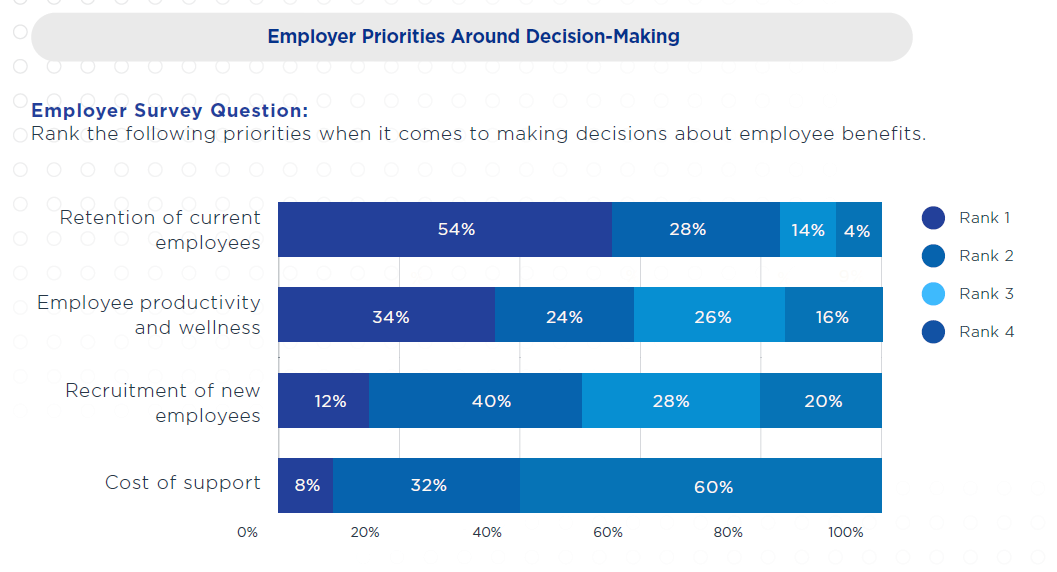DEI terms like “women” in the workplace may have become taboo in recent times, but we still need to address a few female employment reforms in Japan. Recent reports suggest Japan’s work culture is shifting to address its female workforce, dismantling decades-old employment practices that have long hindered career progression for sections of the population.
Firms like Nippon Life Insurance Co. and MUFG Bank Ltd. are eliminating the clerical job category, which is a segment predominantly filled by women who receive lower pay. While this sounds like a step back for gender equality in Japan, it’s quite the opposite. This will allow women to join the career track instead and aspire to more senior positions that are better paid.

(Image: Freepik)
Understanding Japan’s Work Culture Shift—Will We See Employment Reforms That Help?
Historically, Japan’s employment model has followed a dual-track system with a career track where employees were prepared for leadership roles, and with a separate clerical track reserved for administrative roles. The clerical track was overwhelmingly occupied by women, who received lower salaries, fewer promotions, and limited access to decision-making positions of power.
According to experts at Bloomberg who first brought out this data, the structure emphasized the gender gap with women only occupying 12.4% of managerial positions in the private sector in 2023, lower than the already-limited global average of 32.5%.
Now, female employment reforms in Japan are working to dismantle the system and give women a fair chance to make their way up the ladder. With demographic pressures like a rising aging population and a shrinking workforce, there is a global call for diversity and a need for opportunity for all.
What Scrapping the Clerical Track Means for Japan’s Female Workforce
How is Japan’s job system changing? In 2025, Japan’s largest financial firms, including Nippon Life and MUFG Bank, announced the abolition of the clerical job category. This move aims to integrate women into career tracks with equal pay and promotion opportunities. For instance, The Japan Times reported that Nippon Life promoted Kyomi Nakakura, a former clerical worker, to executive officer, showcasing rare but inspiring upward mobility.
This move aligns with Japan’s overall reforms for women. Government mandates now require Tokyo Stock Exchange-listed companies to employ more female executives by 2030. The government is targeting 30% of corporate board seats for women by then. More immediately, by 2025, all Prime-listed companies are required to employ at least one female executive.
What HR Can Learn About Inclusion from Japan’s Work Culture Shift
Hiring exclusively for the purpose of promoting diversity within the workforce may be unacceptable right now, but there’s still a lot that HR teams can glean from Japan’s job system change. Companies like Mattel, Walmart, and Target have publicly stepped back from diversity, equity, and inclusion policies. Even at the federal level, there has been a very forceful push to eliminate all signs of DEI.
Still, most organizations are not giving up on one of the DEI terms—inclusion. Even if employers are no longer targeting hiring and retaining a diverse workforce, it cannot be denied that their workforce will be at least a little diverse by default. Understanding the struggles of employees and addressing their needs remains an HR priority regardless of the changing times. This makes it doubly important for HR to understand Japan’s work culture shift and educate themselves on the challenges faced by members of their own workforce.
HR Strategies for Inclusion
HR teams in Japan will have to play a critical role in welcoming female employees into the workforce. As always, HR professionals in other regions also have a pivotal role to play in ensuring their learning from the gender equality ambitions in Japan translates into meaningful change back home. Here are some actionable strategies to put into effect:
- Upskilling and Mentorship: Develop targeted training programs to equip employees with leadership skills, paired with mentorship from senior leaders
- Bias Training: Implement workshops to address unconscious bias without targeting any specific community or group. Learning and sharing our differences goes beyond gender or race
- Establish a Merit-Based Culture: Foster a culture where promotions are merit-based and clearly defined to show how it was earned. All employees should be equally considered
- Flexible Work Policies: Expand remote work and childcare support to accommodate employee needs, by drawing inspiration from global firms with high retention rates for all employees
- Metrics and Accountability: Set clear targets for each employee and track progress so all employees can progress in their careers
- Address Skill Gaps: Employees can always benefit from training and on-job assistance to build the skills that benefit the organization
Fair Employment Standards and Opportunities For All Employees Remain the Goal
Japan’s work culture shift is heartening to see and more women will soon find opportunity and representation within the workforce with the new changes that are being announced. For other HR teams watching and learning from their experiences, it is a good time to evaluate the current standards of fairness at work and ensure that all employees are treated equally and provided a fair opportunity to build a career at the organization.
In 2025, making all employees feel included and valued can work wonders for their mood and performance. Employee engagement and retention programs may have fallen in the list of priorities but it is never too late to bring them back on top.
Subscribe to The HR Digest for more explorations of how employment is being addressed on a global scale.










